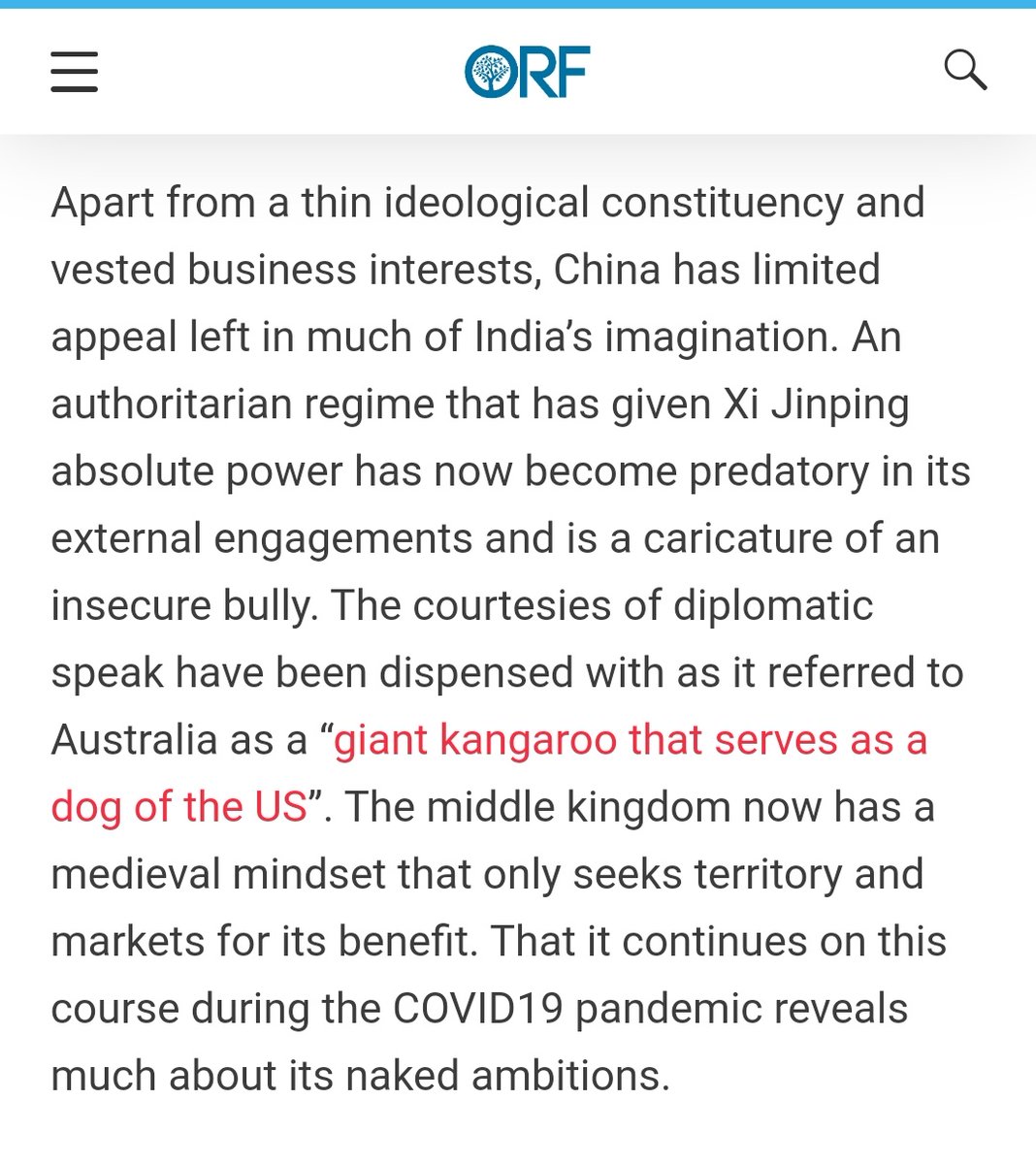
On #GitaJayanti, I prostrate before Sri Krishna for conceptualising the Bhagwad Gita, Ved Vyasa for compiling these powerful spiritual ideas, and Sri Aurobindo for taking them to the next level.
A thread...
A thread...
The one shloka from the Bhagwad Gita that has dominated the 2020 discourse is on dealing with death:
नैनं छिन्दन्ति शस्त्राणि नैनं दहति पावकः ।
न चैनं क्लेदयन्त्यापो न शोषयति मारुतः ॥
Weapons cannot cleave it, nor the fire burn, nor do the waters drench it, nor the wind dry.
नैनं छिन्दन्ति शस्त्राणि नैनं दहति पावकः ।
न चैनं क्लेदयन्त्यापो न शोषयति मारुतः ॥
Weapons cannot cleave it, nor the fire burn, nor do the waters drench it, nor the wind dry.
I have had to send these words of solace to many friends and relatives this year.
But finding solace requires us to read the Gita, live it.
Die the body will but death is only a passport to the next life, next evolution, the Bhagwad Gita tells us.
That’s how I read this shloka.
But finding solace requires us to read the Gita, live it.
Die the body will but death is only a passport to the next life, next evolution, the Bhagwad Gita tells us.
That’s how I read this shloka.
#GitaJayanti is a good day to read the Bhagwad Gita, one of 58 Gitas, of which 18 reside in the Mahabharata and the rest outside.
The Gitas in the Mahabharata and Ashtavakra Gita I knew; the rest have been enumerated by @bibekdebroy in his new book.
The Gitas in the Mahabharata and Ashtavakra Gita I knew; the rest have been enumerated by @bibekdebroy in his new book.

Depending on the engagement path and reading skill, every seeker will have a unique proclivity to the Bhagwad Gita and its expositions.
I find Sri Aurobindo’s Essays on the Gita the deepest, the widest and the loftiest modern interpretation of these ancient truths.

I find Sri Aurobindo’s Essays on the Gita the deepest, the widest and the loftiest modern interpretation of these ancient truths.
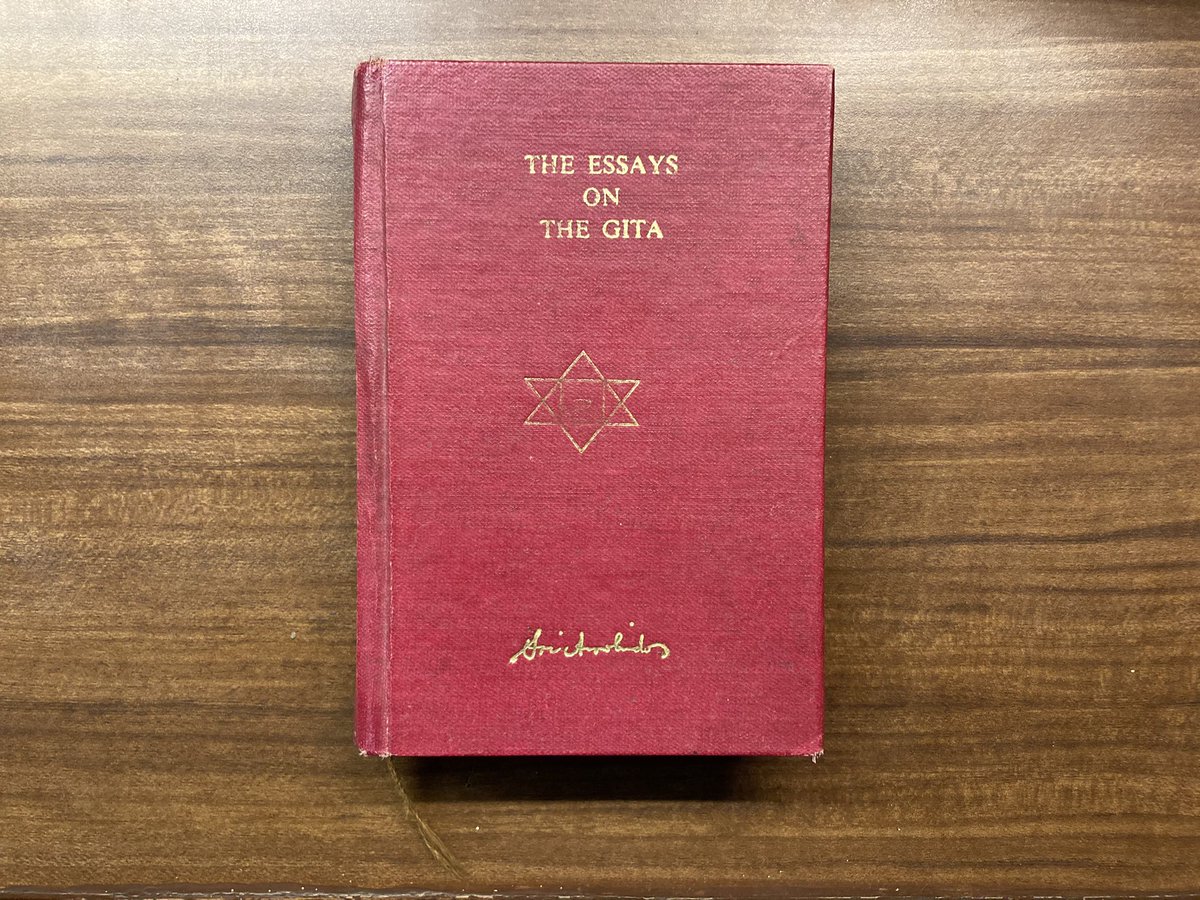
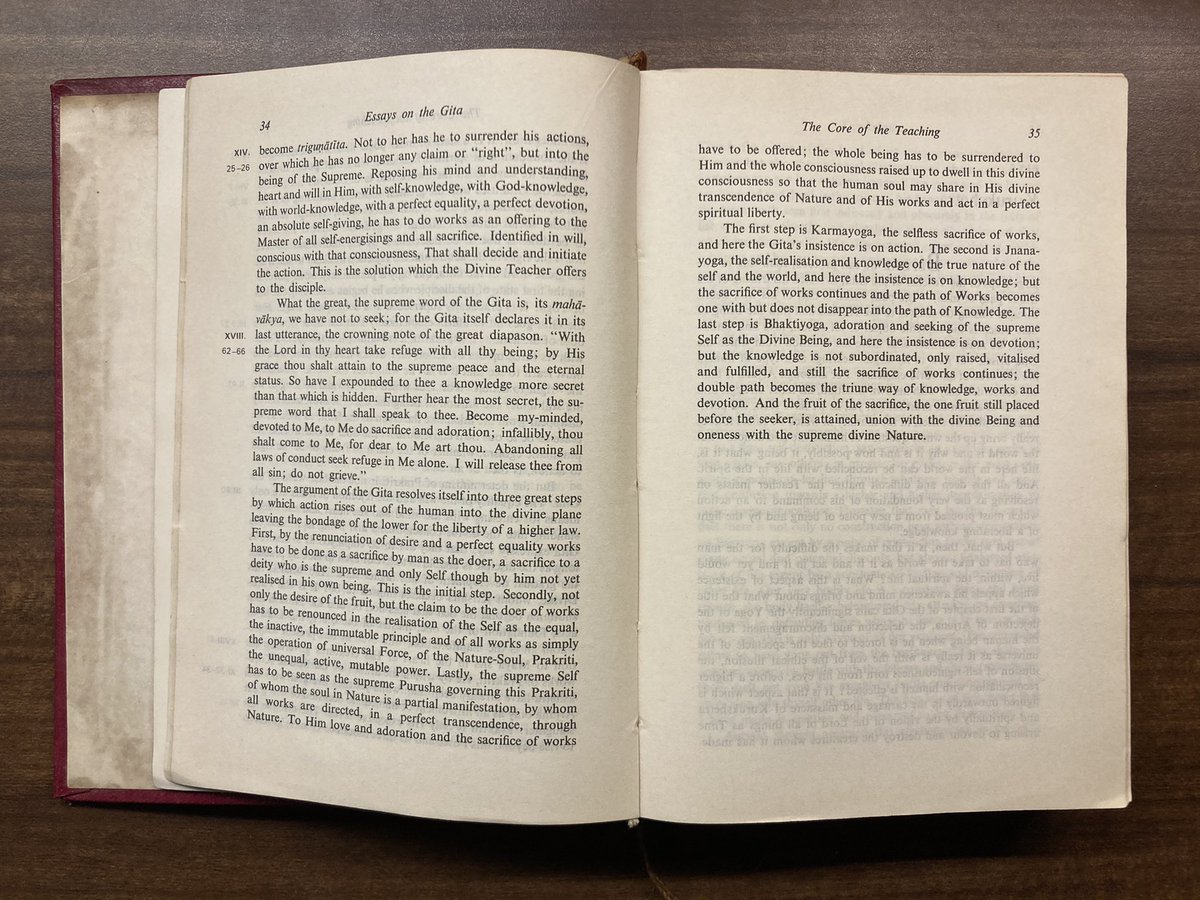
The Bhagwad Gita by Paramahansa Yogananda interprets the text through material symbolism of spiritual forces. Simplicity its signature, gentle its texture, these two volumes are an easy introduction. 

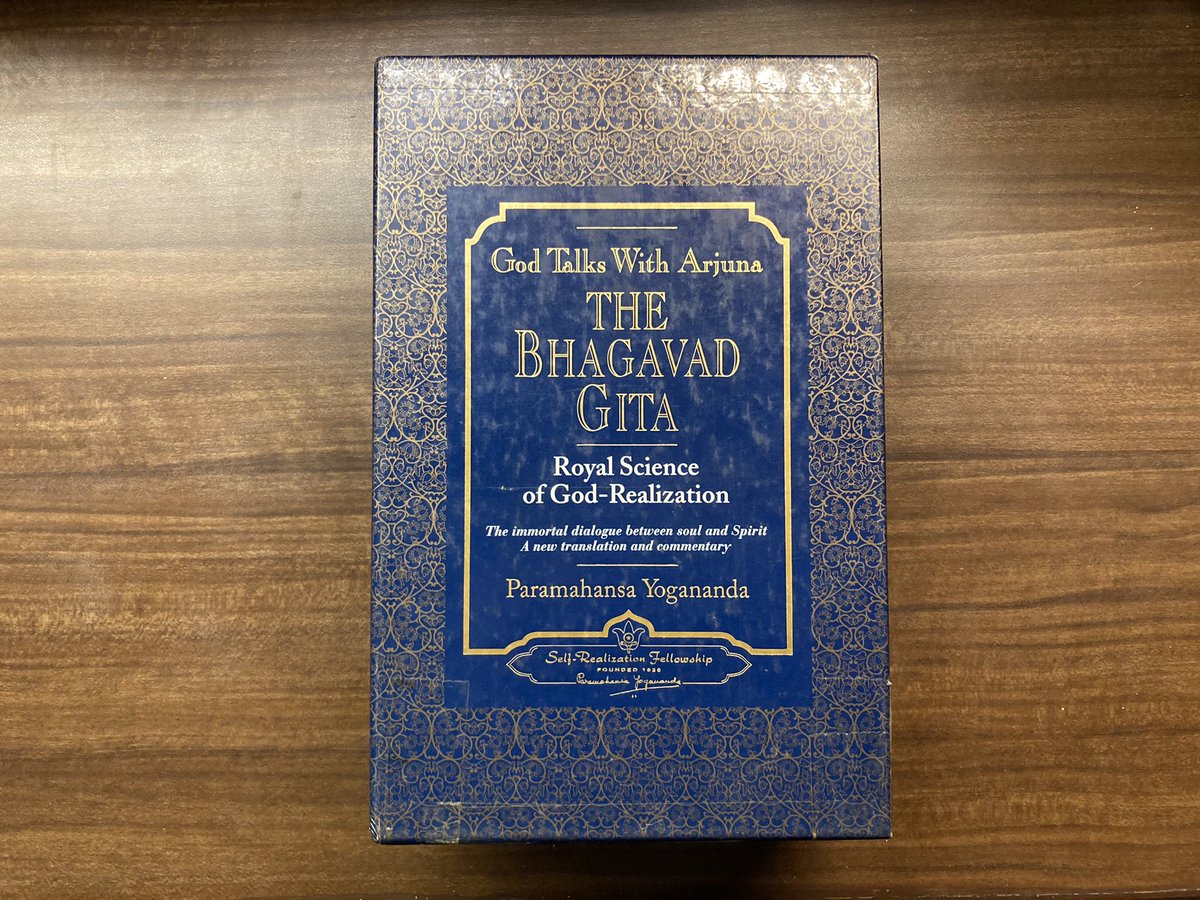
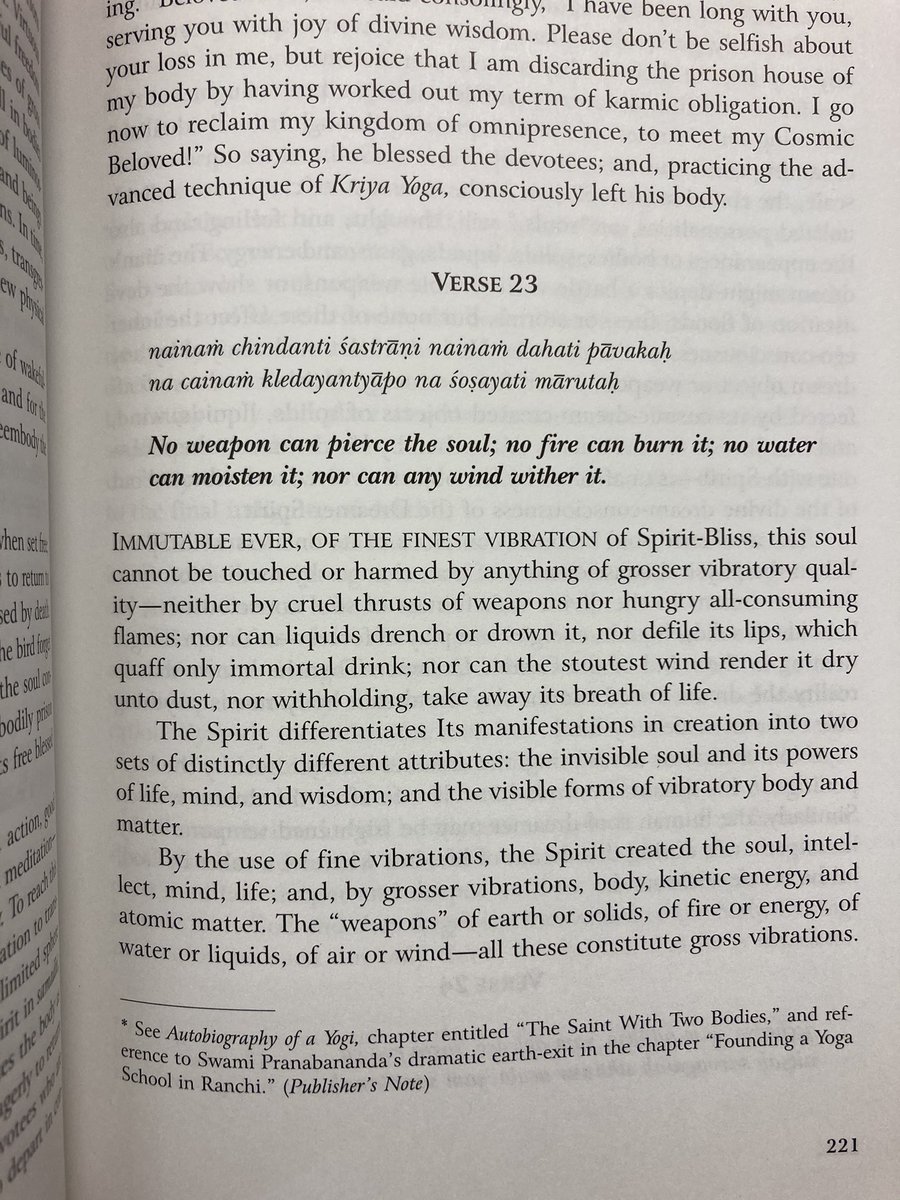
महाभारत by the Gita Press is my go-to text for Sanskrit-Hindi version. The Bhagwad Gita is situated in the तृतीय खण्ड। 

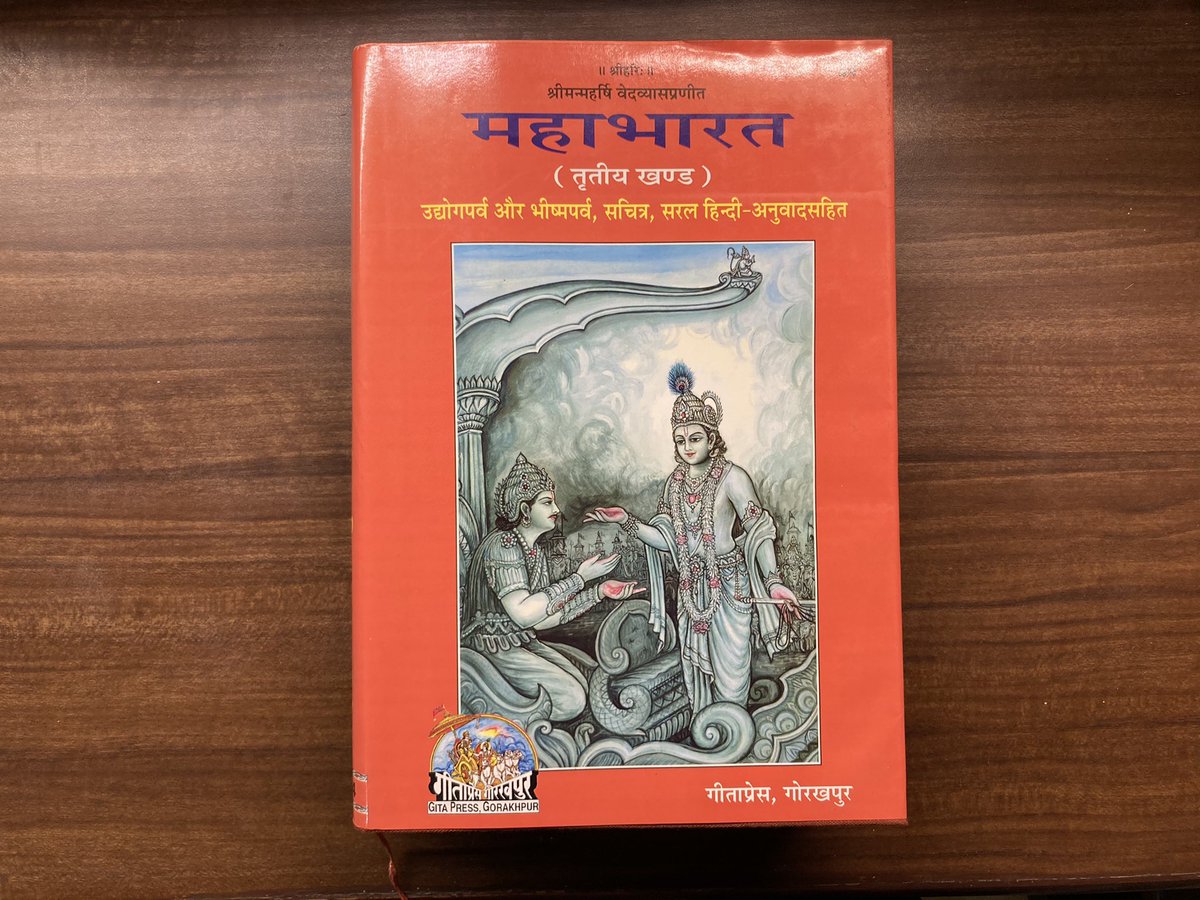
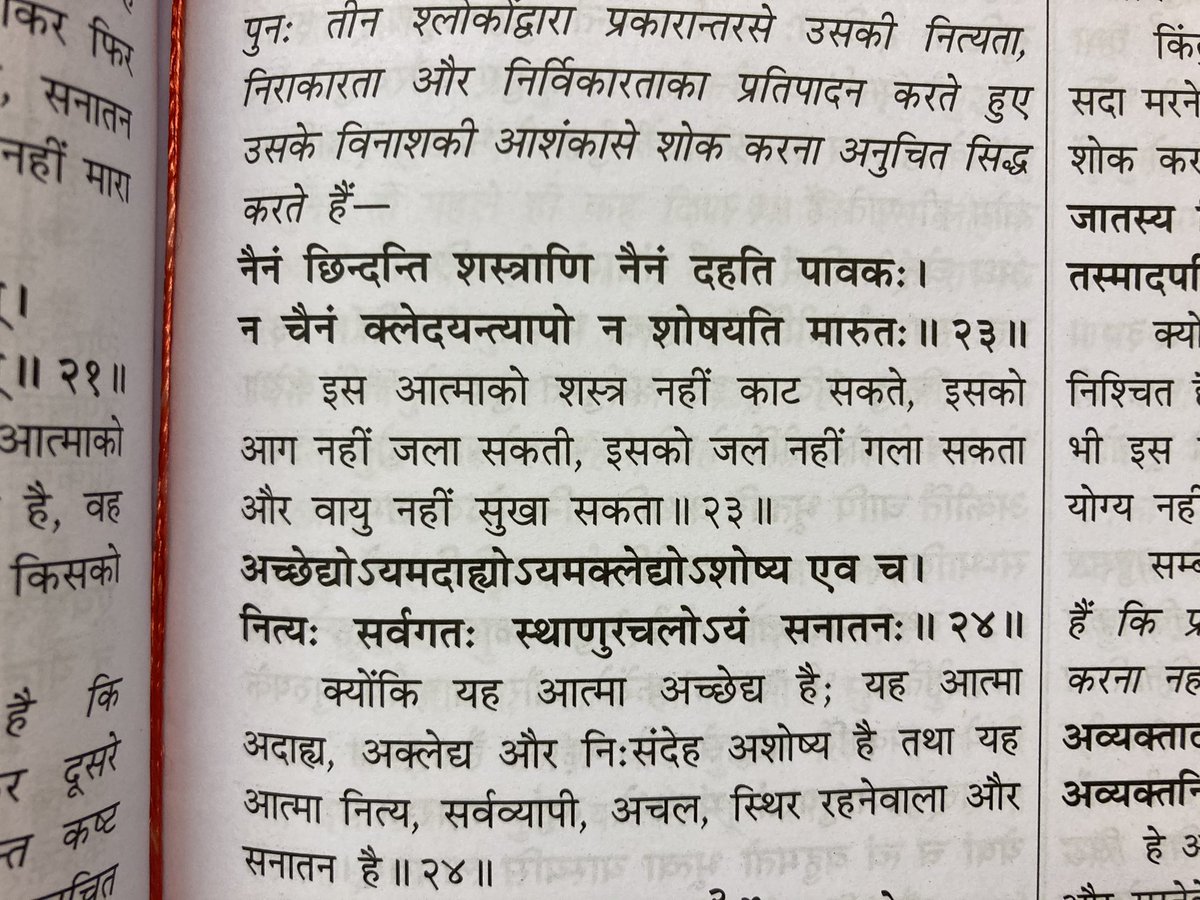
Finally, if you want to introduce the Bhagwad Gita to your children, introduce them to the joys of Amar Chitra Katha, in 10th of a 14-volume collection. 

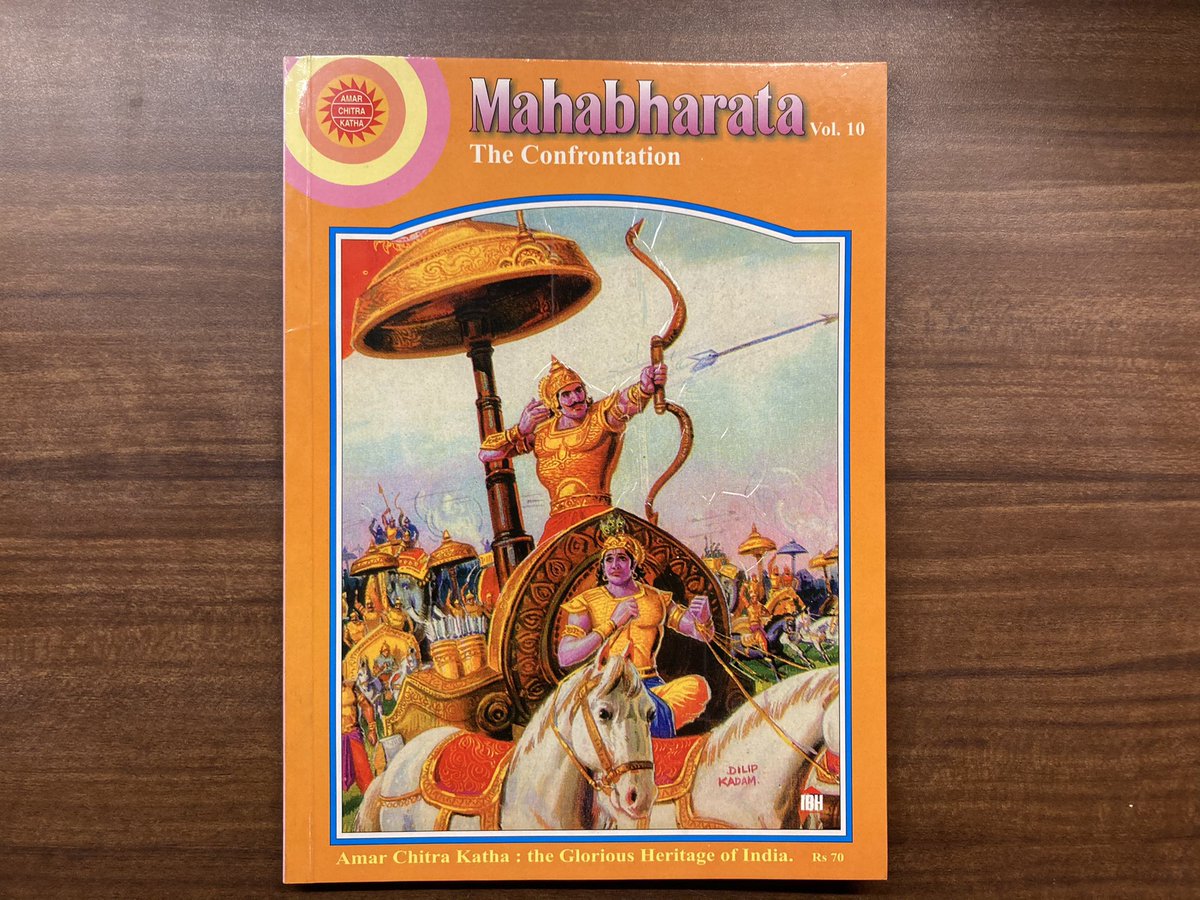

The focus in 2020 has been on death and immortality.
Let’s see where 2021 takes us.
Irrespective, this text will continue to inspire us, guide us — in an increasingly fragmenting world, if there is one unifying idea, it is the Bhagwad Gita.
Let’s see where 2021 takes us.
Irrespective, this text will continue to inspire us, guide us — in an increasingly fragmenting world, if there is one unifying idea, it is the Bhagwad Gita.
• • •
Missing some Tweet in this thread? You can try to
force a refresh

